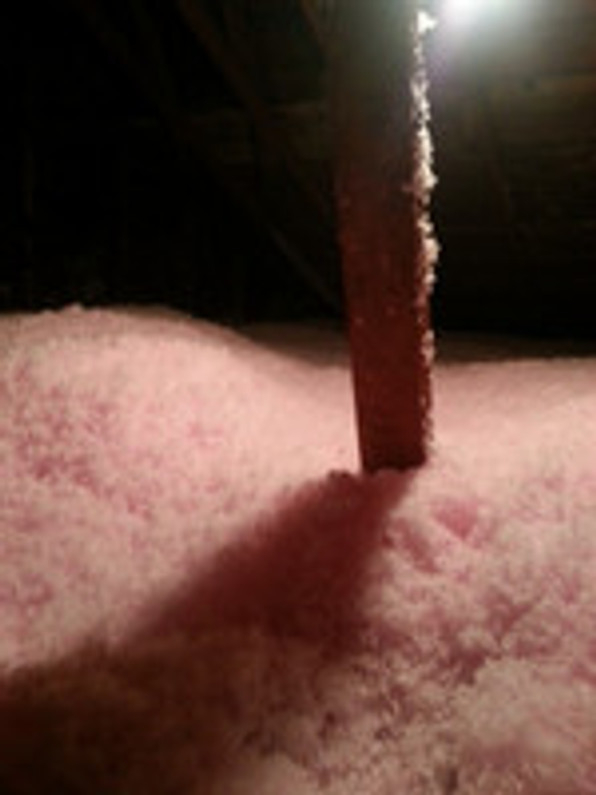How To Safely Handle Fiberglass Insulation
The pink cotton-candy colored fiberglass insulation is commonly used in residential homes and commercial buildings to prevent the loss of thermal energy. While it may appear harmless to the naked eye, it actually contains thousands upon thousands of small shards of glass and sand that can make their way onto your skin, eyes or even inside your lungs.
If you've ever touched fiberglass insulation with your bare hands, you're probably well aware of its effect on the skin. In most situations, touching the material without proper protection will result in a sharp stinging, burning and itching sensation. The good news is that skin irritation caused from touching fiberglass tends to go away, but the bad news is that it can last for days if you continue to wear the same tainted clothes.
Personal Protective Equipment (PPE) For Handling Fiberglass Insulation
- Protective, well-fitted eyewear.
- Heavy-duty gloves.
- Dust mask or respirator.
- Loose-fitted clothing, including a long-sleeved shirt and trousers.
- Cap or hat to keep fiberglass particles out of your hair.
According to the Sheet Metal and Air Conditioning Contractors' National Association(SMACNA),
"The most common route of entry for most substances is inhalation. For fiberglass to be inhaled into the lungs, the fibers must be released into the air, usually by a mechanical action such as blowing applications or cutting batts. Fiberglass duct board and other rigid forms should not release respirable fibers or dust unless they are cut, broken, or grinded upon."
One particular study founds a direct link between fiberglass insulation exposure and respiratory problems. Fiberglass emits a synthetic material known as styrene, which according to the Environmental Protection Agency (EPA) is a known carcinogen. Does this mean breathing in the air around fiberglass insulation will lead to cancer? Probably not, but it's still a good idea to protect yourself by wearing a dust mask.
Uh Oh! There's Fiberglass Particles On My Skin
If you develop itching, burning or sharp pain on a part of your skin that was recently exposed to fiberglass insulation, DO NOT attempt to rub it. Rubbing it will only the symptoms worse by grinding the fiberglass deeper into your skin. Instead, rinse it with cold, low-pressure water. The pain and itching may not go away immediately, so don't be alarmed if it persists.
Have you experienced any ill effects from handling fiberglass insulation? Let us know in the comments section below!
Recent Posts
-
Fire Safety in the Workplace: What You Need to Know
What steps are you taking to prevent fires in your workplace? According to the U.S. Occupational Saf …Aug 23rd 2023 -
Is It Safe to Go Jogging With a Cold Infection?
If you're suffering from a cold infection, you might be wondering whether it's safe to go jogging. T …Aug 22nd 2023 -
5 Safety Tips to Follow When Using a Powder-Actuated Tool
Powder-actuated tools are commonly used to join materials to steel and concrete. Also known as Hilti …Aug 20th 2023




